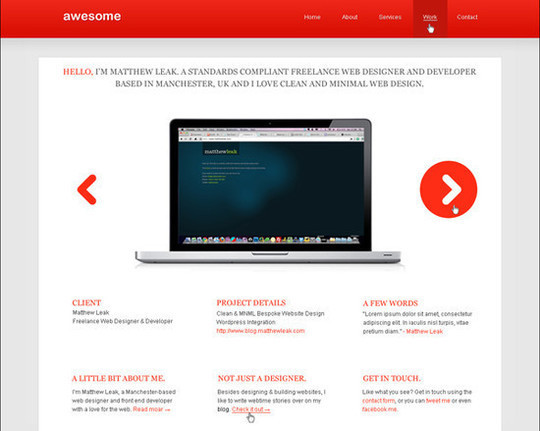In an ideal world, your ecommerce business would show up right on top of the search engine results when a potential customer is searching for your product online. This is seldom the case in reality, however, as there are millions of websites competing to be featured on the first page of search results.
Fortunately, there are steps you can take as an ecommerce business owner to help boost traffic from search engines like Google, Yahoo, and Bing. Improving your visibility in search engine results takes times, which is why so many ecommerce stores use pay-per-click advertising to show up for relevant keywords. However, SEO is an important long-term strategy for any online business looking to increase their traffic and revenue.
Search engine optimization (SEO) is a complex topic that takes a lot of time, reading, and experimenting to fully understand. However, with a basic overview, you can understand the fundamentals of SEO and how to use keywords to boost traffic to your business.
Keyword Research
What are potential customers typing into search engines when they are looking for your products? The words or phrases they use are the keywords you want to target. The important factors to look for are search volume, product fit, buyer intent, and competition.
There are a lot of different ways to find these keywordsand analyze them. Many ecommerce business owners use the Google Keyword Planner to begin their research. You can also use Amazon Suggest by typing in a keyword that describes your product and seeing what search suggestions pop up. Amazon is also a great place to explore product categories for additional ideas.
Technical SEO
SEO involves a lot more than just keywords. The entire architecture of your website and all of its technical details contribute towards your search engine rankings. The best way to get a sense of your technical SEO is to perform an audit to look for errors.
Technical errors that damage your search engine rankings include duplicate or thin content, broken links, and much more. Even small ecommerce websites can have thousands of individual pages susceptible to these errors. Technical SEO issues can be challenging to manage and time-consuming to fix.
When you do an enterprise ecommerce platform comparison, make sure the platform you choose is built on a solid foundation for search engine optimization. Many platforms have built-in alerts to help you avoid common SEO mistakes.

On-Site SEO
In addition to the back-end and structure of your website, your on-page content also needs to be optimized for search engines. For ecommerce websites, on-site SEO mainly consists of category and product page content.
An optimized category or product page contains three main components: a title tag, a meta description, and on-page content. All three elements should include your target keyword.
A title tag is the title of the page and the headline users will see in the search engines. You can also use words like “buy.” “cheap,” or “deals” to appeal to potential customers using these search terms.
A meta description is the description a search engine user will see beneath the headline. Use phrases to describe the products in your meta tags as well as incentives like free shipping, best selection, or sales.
Finally, on-page content is the text and images your potential customer will see on the product or category page. Keep in mind that longer content tends to rank better in Google. Your content should be informative and helpful, not fluffy or stuffed with out-of-pace keywords.
By addressing the basics of SEO, you’re already on track to improve your search engine rankings and increase your traffic.





